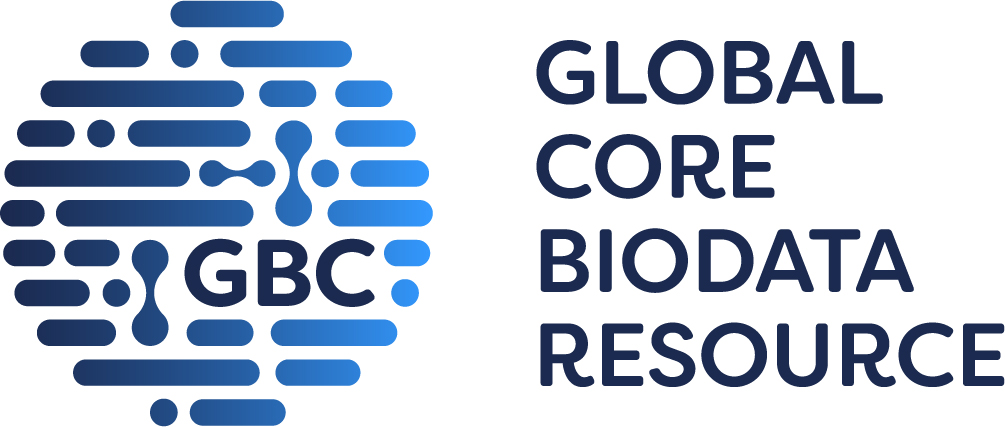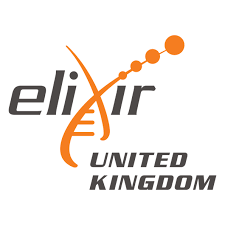
aclidinium [Ligand Id: 7449] activity data from GtoPdb and ChEMBL
Click here for a description of the charts and data table
Please tell us if you are using this feature and what you think!
| ChEMBL ligand: CHEMBL1194325 (Aclidinium, Aclidinium cation, Aclidinium ion) |
|---|
There should be some charts here, you may need to enable JavaScript!
|
|
There should be some charts here, you may need to enable JavaScript!
|
|
There should be some charts here, you may need to enable JavaScript!
|
|
There should be some charts here, you may need to enable JavaScript!
|
|
There should be some charts here, you may need to enable JavaScript!
|
| DB | Assay description | Assay Type | Standard value | Standard parameter | Original value | Original units | Original parameter | Reference |
|---|---|---|---|---|---|---|---|---|
| M3 receptor/Muscarinic acetylcholine receptor M3 in Human (target type: SINGLE PROTEIN) [ChEMBL: CHEMBL245] [GtoPdb: 15] [UniProtKB: P20309] | ||||||||
| GtoPdb | - | - | 10.2 | pKi | - | - | - |
J Med Chem (2009) 52: 5076-92 [PMID:19653626]; Bioorg Med Chem Lett (2010) 20: 7429-34 [PMID:21036042] |
| ChEMBL | [3H]-NMS Binding Assay: The binding of [3H]-NMS to human muscarinic receptors was performed according to Waelbroek et al (1990) (1). Assays were carried out at 25° C. Membrane preparations from stably transfected chinese hamster ovary-K1 cells (CHO) expressing the genes for the human muscarinic receptors Hm3 were used. | B | 8.36 | pIC50 | 4.4 | nM | IC50 | US-9333195-B2. Quinuclidine derivatives and medicinal compositions containing the same (2016) |
| M1 receptor in Human [GtoPdb: 13] [UniProtKB: P11229] | ||||||||
| GtoPdb | - | - | 10.2 | pIC50 | - | - | IC50 |
J Med Chem (2009) 52: 5076-92 [PMID:19653626]; Bioorg Med Chem Lett (2010) 20: 7429-34 [PMID:21036042] |
| M2 receptor in Human [GtoPdb: 14] [UniProtKB: P08172] | ||||||||
| GtoPdb | - | - | 10.1 | pIC50 | - | - | IC50 |
J Med Chem (2009) 52: 5076-92 [PMID:19653626]; Bioorg Med Chem Lett (2010) 20: 7429-34 [PMID:21036042] |
| M4 receptor in Human [GtoPdb: 16] [UniProtKB: P08173] | ||||||||
| GtoPdb | - | - | 10 | pKi | - | - | - | Bioorg Med Chem Lett (2010) 20: 7429-34 [PMID:21036042] |
| M5 receptor in Human [GtoPdb: 17] [UniProtKB: P08912] | ||||||||
| GtoPdb | - | - | 9.9 | pKi | - | - | - | Bioorg Med Chem Lett (2010) 20: 7429-34 [PMID:21036042] |
ChEMBL data shown on this page come from version 35:
Zdrazil B, Felix E, Hunter F, Manners EJ, Blackshaw J, Corbett S, de Veij M, Ioannidis H, Lopez DM, Mosquera JF, Magarinos MP, Bosc N, Arcila R, Kizilören T, Gaulton A, Bento AP, Adasme MF, Monecke P, Landrum GA, Leach AR. (2024). The ChEMBL Database in 2023: a drug discovery platform spanning multiple bioactivity data types and time periods. Nucleic Acids Res., 52(D1). DOI: 10.1093/nar/gkad1004. [EPMCID:10767899] [PMID:37933841]
Davies M, Nowotka M, Papadatos G, Dedman N, Gaulton A, Atkinson F, Bellis L, Overington JP. (2015) 'ChEMBL web services: streamlining access to drug discovery data and utilities.' Nucleic Acids Res., 43(W1). DOI: 10.1093/nar/gkv352. [EPMCID:25883136]








